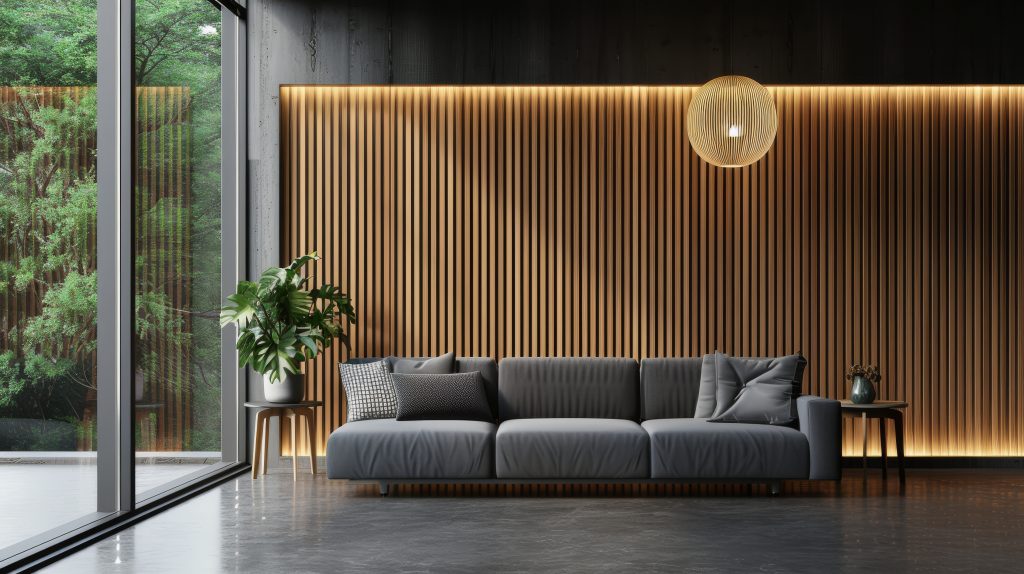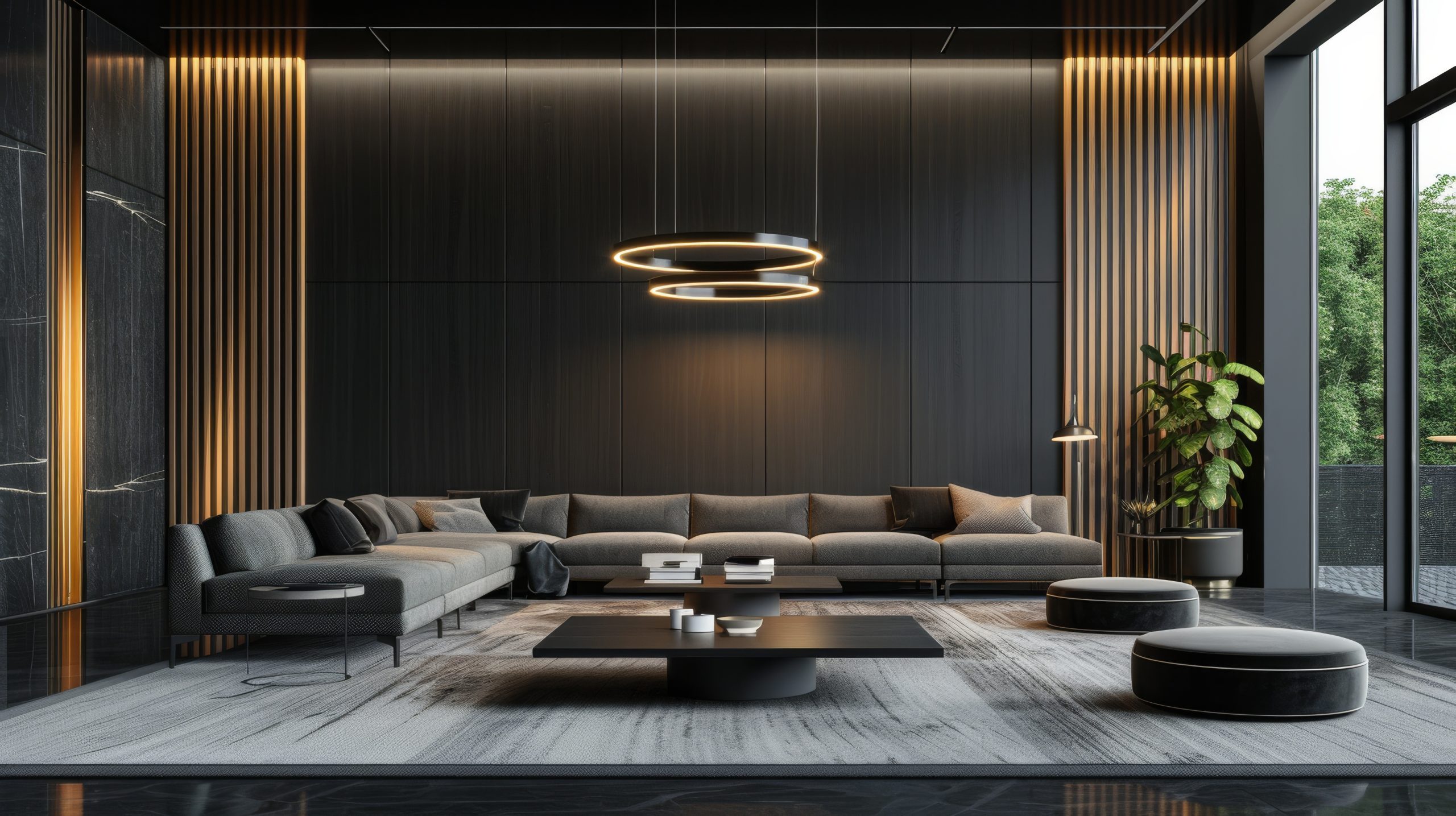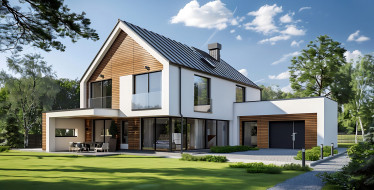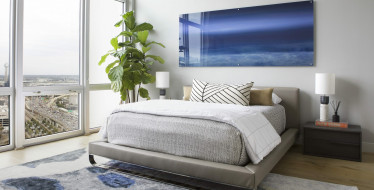
One of the most frequently overlooked yet crucial elements of home design is sound quality. Good acoustics can transform your living space, making it more comfortable, enjoyable, and serene. The quality of sound in your home can make a difference in your overall mood and can help a space sound less empty and void of texture. With a few, simple edits, you can elevate your home’s sound quality. Here’s how:
Wall Coverings
Wall coverings are a fantastic way to enhance both the look and sound of your home. Materials like acoustic panels, fabric-covered walls, and textured wallpaper can significantly reduce noise levels. Acoustic panels, in particular, are designed to absorb sound waves, minimizing echoes and reverberation. Opt for stylish designs that complement your décor, from sleek modern finishes to rich, fabric-wrapped options. Even wallpaper with a slight texture can help diffuse sound, adding both visual and auditory comfort to your spaces. When it comes to acoustic panels, consider placing them in areas aside from the walls. Sound waves bounce off of every surface so placing the acoustic panels on the ceiling, and sometimes the floor, can help balance the sound in the space.
Soft Surfaces
Incorporating soft surfaces throughout your home is a simple yet effective way to improve sound quality. Think plush sofas, cushy armchairs, and abundant throw pillows. These elements absorb sound, reducing the harshness of noise that can bounce off hard surfaces like floors and walls. Soft surfaces also add a layer of texture, making your home feel inviting and warm. For the best results, choose high-density foam and fabrics with tight weaves, as they are more effective at sound absorption.
Upholstered Furniture
Upholstered furniture serves as a dual-purpose design element. Not only does it provide comfort and style, but it also plays a significant role in sound absorption. When selecting pieces, consider the thickness and type of fabric. Heavier, tightly woven fabrics such as velvet, chenille, or wool are excellent at damping sound. Large, upholstered items like sectional sofas or padded headboards can make a noticeable difference in reducing noise levels in your living areas and bedrooms.
Curtains and Rugs
Curtains and rugs are essential in any interior design scheme focused on sound quality. Heavy, floor-to-ceiling curtains made from thick materials like velvet or thermal-lined fabrics can block external noise and prevent echoing within a room. Layered curtains, such as sheers paired with heavier drapes, offer both versatility and improved acoustic performance. Similarly, rugs, especially those with high piles or dense weaves, can absorb sound, reducing noise transmission between floors and creating a quieter, more serene environment. Don’t hesitate to use area rugs in every room, even over carpeting, for an added layer of sound insulation.
Slatted Wood Panels
Slatted wood panels are an excellent choice for those looking to blend aesthetics with acoustic efficiency. These panels are not only visually striking but also highly effective at controlling sound. The gaps between the slats allow sound waves to pass through, where they are absorbed by the material behind the panels, reducing reverberation and echo. Choose from a variety of wood types and finishes to match your design style, whether it’s rustic, modern, or Scandinavian. These panels can be used on walls or ceilings, providing a unique architectural feature while enhancing your home’s sound quality. If you want a similar slat look, but with less of a gap between slats, opt for fluted wood panels. They offer a similar aesthetic with a slightly more minimal look. They, too, will improve the sound in a space while adding a linear design to the room. Here’s a bit more on how to use fluted wood panels in a room to elevate your home’s sound quality.
Achieving the best sound quality in your home is not just about technology and gadgets; it’s about thoughtful interior design. By integrating these elements—wall coverings, soft surfaces, upholstered furniture, curtains and rugs, and slatted wood panels—you can create a harmonious living environment where sound quality enhances your everyday comfort and enjoyment. Remember, a well-designed home isn’t just seen, it’s heard—and felt—in the quiet and comfort of every room.








